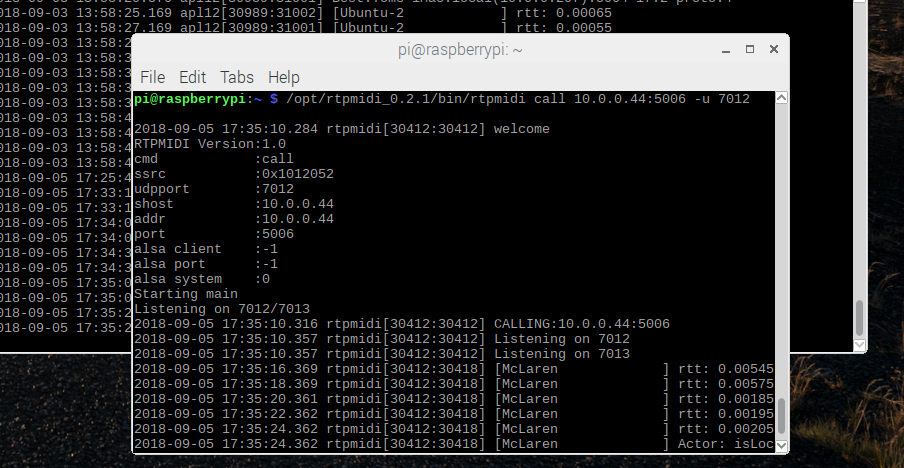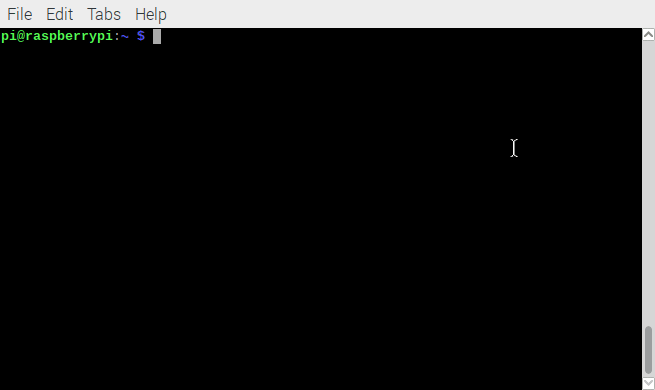rtpmidi in action
The animated screen capture below illustrates the rtpmidi program in action. The rtpmidi program allows two computers to share musical MIDI events in real time… Read More »rtpmidi in action
The animated screen capture below illustrates the rtpmidi program in action. The rtpmidi program allows two computers to share musical MIDI events in real time… Read More »rtpmidi in action
You may have heard a new term recently: “The Tactile Internet” [1]. The Tactile Internet is the next evolution in the Internet of Things, where humans and machines can interact in real time, and with a very low latency. Low latency capabilities will enable new applications. The Tactile Internet will allow people to interact with remote environments and in real-time.

The enabling technology is 5G. The 5G standard defines a new class of service called “Ultra-Reliable Low Latency Communication” (URLLC). URLLC not only increases uplink speed, but also eliminates some of the handshakes necessary for an endpoint to send some data up to the network [2]. The end result is that applications can inject data into the network at a much reduced latency.
Read More »Towards the Tactile Internet of Musical Things
The RaspberryPi 3B is an amazingly powerful computer for the price. It provides quad-core computing power for just $35. This makes it more than capable for music experimentation and learning, and experimenting with Software Synthesizers is a fun way to learn about sound.

Yoshimi Software Synthesizer running on the Raspberry Pi 3B
rtpmidi, so you can experiment with a network of Raspberry Pi synthesizers too.Did you know you can use rptmidi directly from the command line in a terminal? When used this way, the GUI (graphical user interface) is not used, and Bonjour is skipped as well. Instead, each invocation of the rtpmidi program creates a new Session that can be a Session Listener or Session Initiator. Working at this level you can connect if you know the hostname or IP-Address of each computer, as well as the port the RTP-MIDI session is listening on.

Command line mode can also come in handy if you are developing a “headless” embedded computer application like the Zynthian Raspberry Pi Synthesizer.
Read on for detailed examples and explanations.
Read More »Using rtpmidi from the Command Line
There are a lot of good touch-MIDI controllers available for the iPad. They’re fun to use and can be customized. One such popular controller is MidiPads . In the past, an owner of a Raspberry Pi wouldn’t be able to take advantage of this controller, since MidiPads speaks “Network MIDI” and the Raspberry Pi does not. (Or did not, at least until now).
Read More »How to connect an iPad to a Raspberry Pi – Video Tutorial
USB MIDI controllers and keyboards have come way down in price the last few years. We really like the Akai MPK Mini mkII, and we’ve really enjoyed using the Numark Orbit because it has an accelerometer in it for sensing tilt and motion, and it is easy to send MIDI messages for changing its colors.

Use the command line to control the MIDI system